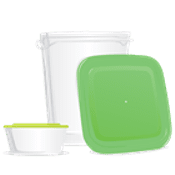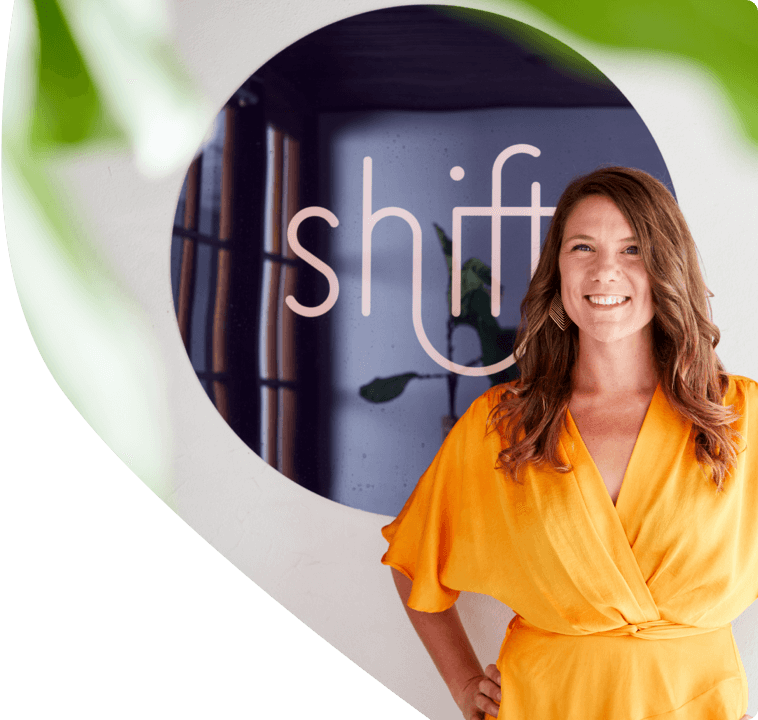Cambridge University released the results of a study on saturated fat last month that has turned the mainstream health community on its head about the matter. Saturated fat has been given a bad wrap by the medical community for a very long time. It has been blamed for obesity and heart disease, with the promotion of low fat products being standard practice for years.
As those that are patients of mine will know, I have always been against the use of low fat products as a health tool – they have no health benefit and in fact are often unhealthier than their full fat counterparts.
Much of the information that has been propagated about saturated fat is without much scientific ground. In fact there is mounting evidence that low fat products are detrimental to our health. The nurse’s health study even found that a high intake of low fat dairy caused an increase in infertility.
This new study shows that saturated fat does not increase cholesterol or ‘bad’ LDL cholesterol, event though this is what is what the heart foundation claims that is does.
Cutting out saturated fat from the diet poses several health issues – it can lead to a deficiency in the fat soluble vitamins A and D, which are found in butter and other full fat dairy products. When it is replaced with highly processed polyunsaturated fats such as margarine, it can cause increases in LDL cholesterol and lead to hardening of the arteries. Low fat products are also often high in sugar, which is the real culprit when it comes to obesity and heart disease.
Saturated fat is an important part of a healthy diet and should be included in meals in small amounts. Use butter instead of margarine and eat the skin off your chicken if it’s organic. Coconut oil is another very healthy saturated fat source that you can eat daily to improve your fat profile.
Check in with a qualified naturopath to get your diet analyzed to find the right balance of fats for you.




